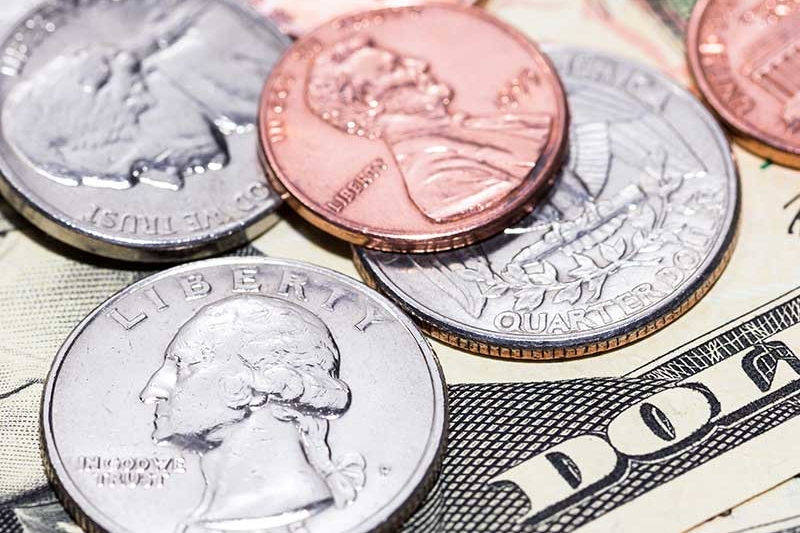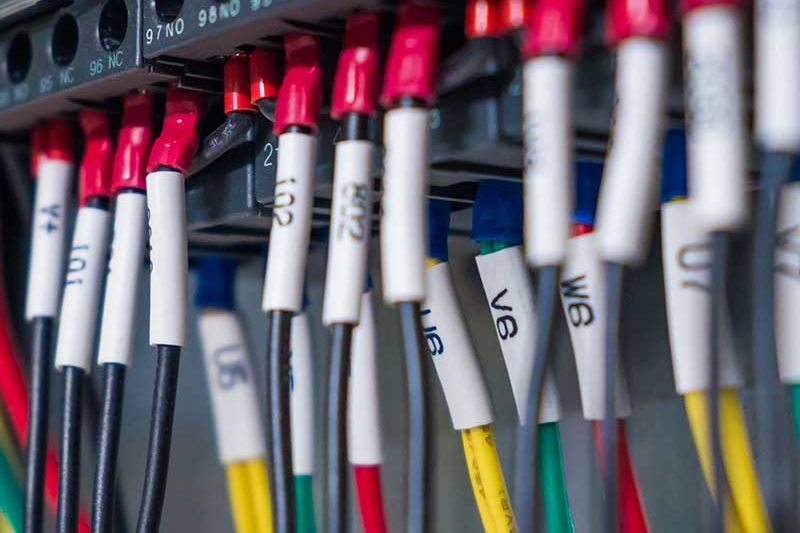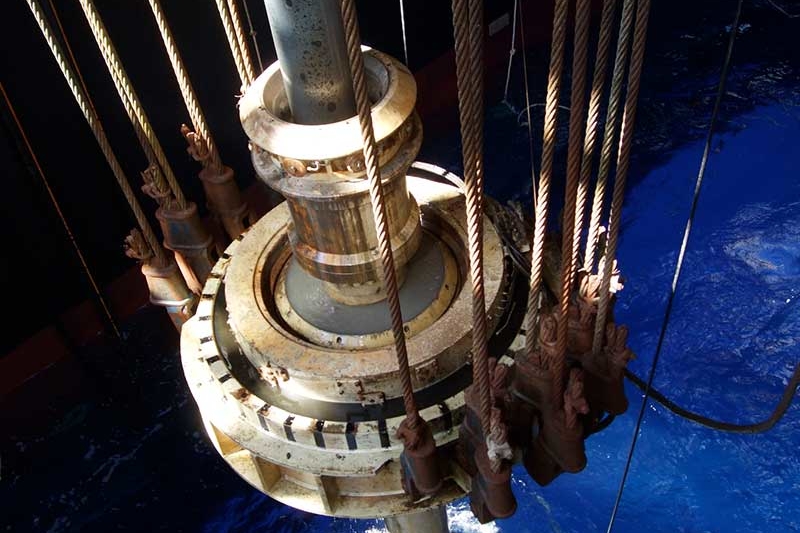A break in the clouds: M&A in the first half of 2019
The US M&A market delivered a surprisingly robust first half, with total value rising 9 percent year-on-year. Volume, on the other hand, dipped 21 percent

After a drop in activity in the second half of 2018, US M&A has recovered strongly in the first two quarters of 2019, demonstrating the appeal of dealmaking—despite uncertainty.
In spite of several quarters of growing uncertainty about macroeconomic headwinds, US M&A deal value grew again in the first half of 2019. Overall value for the first six months of the year was up 9 percent compared to the same period in 2018. And US deal value took up a larger share of global M&A, making up 53 percent of total global deal value, up from 41 percent in H1 2018. US deal volume, on the other hand, was down 21 percent compared to 2018, a record year for deal volume.
This is good news, particularly since global activity declined on both value and volume measures this year. But the future seems more uncertain today than it has in some time, particularly since there are strong reasons for both caution and optimism.
There are some signals warning that we are due for an economic correction, despite a US economy that remains healthy. US Federal Reserve Chairman, Jerome Powell, recently hinted at rate cuts, highlighting that uncertainty over trade policy and weakening global growth continue to have negative implications. Trade troubles persist, particularly with China. An inverted yield curve suggests that the market expects a downturn on the horizon. And, after a lengthy period of frenzied dealmaking, valuations are high.
Yet the US economic backdrop remains favorable, at least for now. Capital markets are at record levels and there is plenty of financing available for companies who need it to fund dealmaking. Private equity firms continue to amass capital to deploy.
Though deal volume has dropped for three quarters in a row, viewed in the longer-term context, activity remains robust.
Whether the second half of the year can sustain the same level of activity as H1 remains to be seen. The year-on-year growth in M&A value suggests that dealmakers still have appetite, as well as the capacity, to execute deals if the strategic rationale makes sense.
The US M&A market delivered a surprisingly robust first half, with total value rising 9 percent year-on-year. Volume, on the other hand, dipped 21 percent

Despite accumulating a vast, historic pile of capital for acquisitions, private equity has moderated its pace of buyouts in the first half of the year

The pharmaceutical, medical and biotech sector was number one by value, followed by technology, media and telecoms (TMT). TMT led by volume, followed by industrial and chemicals.

The need to replenish intellectual property has pushed the pharma industry to the highest-performing sector by M&A value

H1 2019 has seen deal value continue to climb in technology M&A, as digital disruption overtakes segments of the market such as fintech and Big Data

M&A activity in the retail sector fell sharply during the first half of 2019, as uncertainty and digital disruption continue to put pressure on the sector

Concerns about the price of oil have left the industry reluctant to strike deals, bringing down volume and value in H1

After a standout 2018, real estate M&A has dropped significantly in the first half of 2019, but segments of the market such as logistics and hotels have remained attractive

The first half of 2019 saw several decisions from the Delaware courts that will affect M&A dealmaking

Proposed revisions to current financial statement disclosure requirements for business acquisitions and dispositions would simplify compliance while ensuring investors get the information they need

Many of the factors that have underpinned recent M&A activity remain in place, but concerns are mounting


Concerns about the price of oil have left the industry reluctant to strike deals, bringing down volume and value in H1
Stay current on global M&A activity
Explore the data
The oil & gas sector posted M&A transactions worth a total of US$103 billion during the first half of the year, down 9 percent on the same period in 2018. Deal volume fell 44 percent to 90 deals.
The largest deal of the first half of the year, Occidental Petroleum’s US$54.4 billion purchase of Anadarko, accounted for more than half of deal value.
Low deal volume might be expected given the relatively narrow—and moderate—range at which oil & gas prices traded in the first half of the year. This has given rise to an environment where returns are constrained, small and medium-sized businesses in the sector have not been able to attract sufficient capital to pursue M&A—and publicly listed companies have come under pressure from investors to return what spare capital they do have.
Meanwhile, oil majors with strong balance sheets have sought opportunities to consolidate, particularly in areas where there is potential for synergies with their existing assets. New technologies with the potential to increase the efficiency of production have also attracted particular interest.
Bouts of volatility are to be expected in the short to medium term—not least in the face of geo-political uncertainties and tensions—but the global economic backdrop does not suggest any significant increase in demand for oil & gas is imminent.
Moreover, the shift away from carbon-intensive energy around the world may limit the potential for increased demand. While US oil businesses are under less pressure than their European counterparts to begin investing in renewables, they will nonetheless be affected by the impact of any long-term shift.
In this context, further consolidation at the larger end of the market is likely, while the potential for smaller deals will be more constrained. A silver lining—the largest transactions are likely to prompt further M&A as businesses review their portfolios; divestments of non-core and overlapping business lines often follow mega-mergers.
1: Occidental Petroleum bought Anadarko for US$54.4 billion
2: MPLX bought Andeavor Logistics for US$10.3 billion
3: IFM Investors bought Buckeye Partners for US$10.2 billion
This publication is provided for your convenience and does not constitute legal advice. This publication is protected by copyright.
© 2019 White & Case LLP